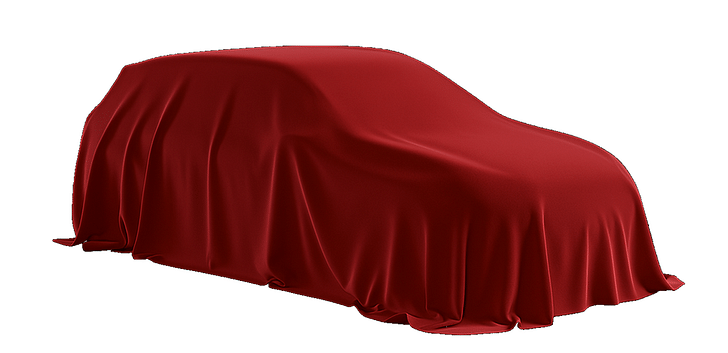Maruti Suzuki Ertiga
Maruti Suzuki Ertiga Launch Date
Apr 2022
Maruti Suzuki Ertiga Estimated Price
To be announced
Maruti Suzuki Ertiga Features and specifications
Body Style
MUV
Our Rating
Not reviewed yet
Mileage
To be announced
Transmission
To be revealed
Engine
To be revealed
Fuel Type
To be revealed
Maruti Suzuki Ertiga Images

Upcoming Image
Can't decide which car to buy?
Ask our experts and get answers to all your car related queries.
